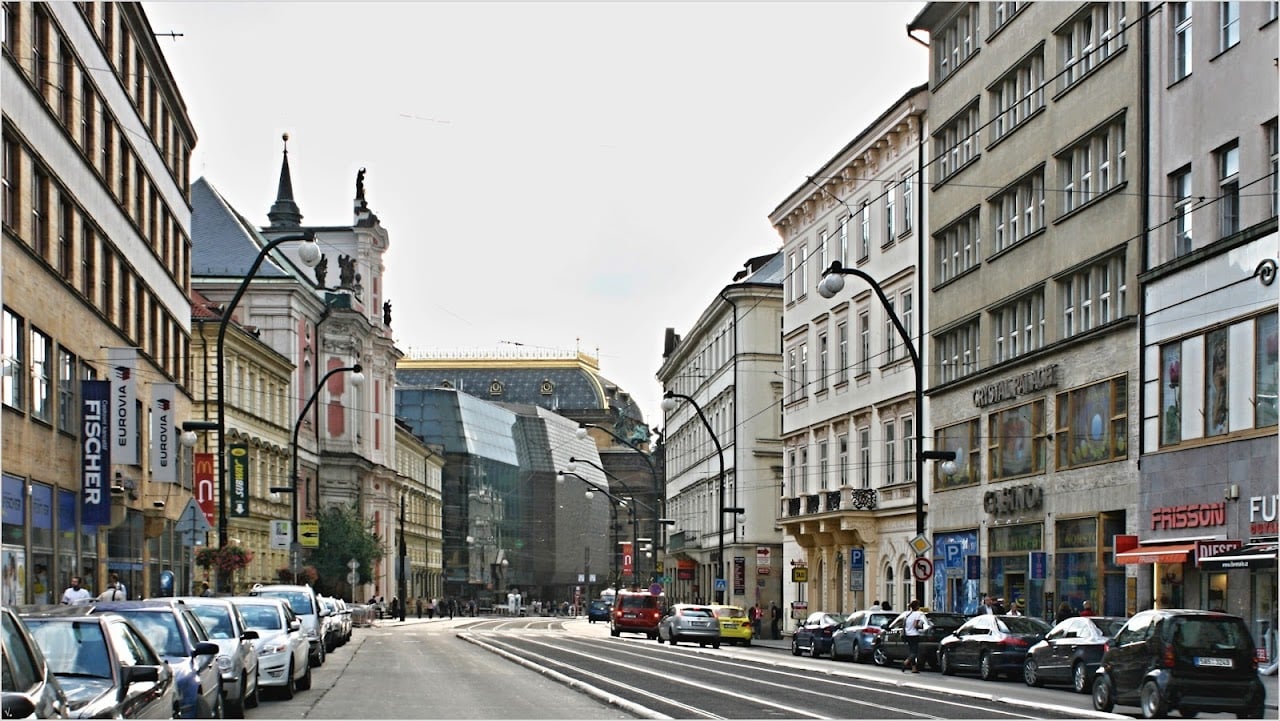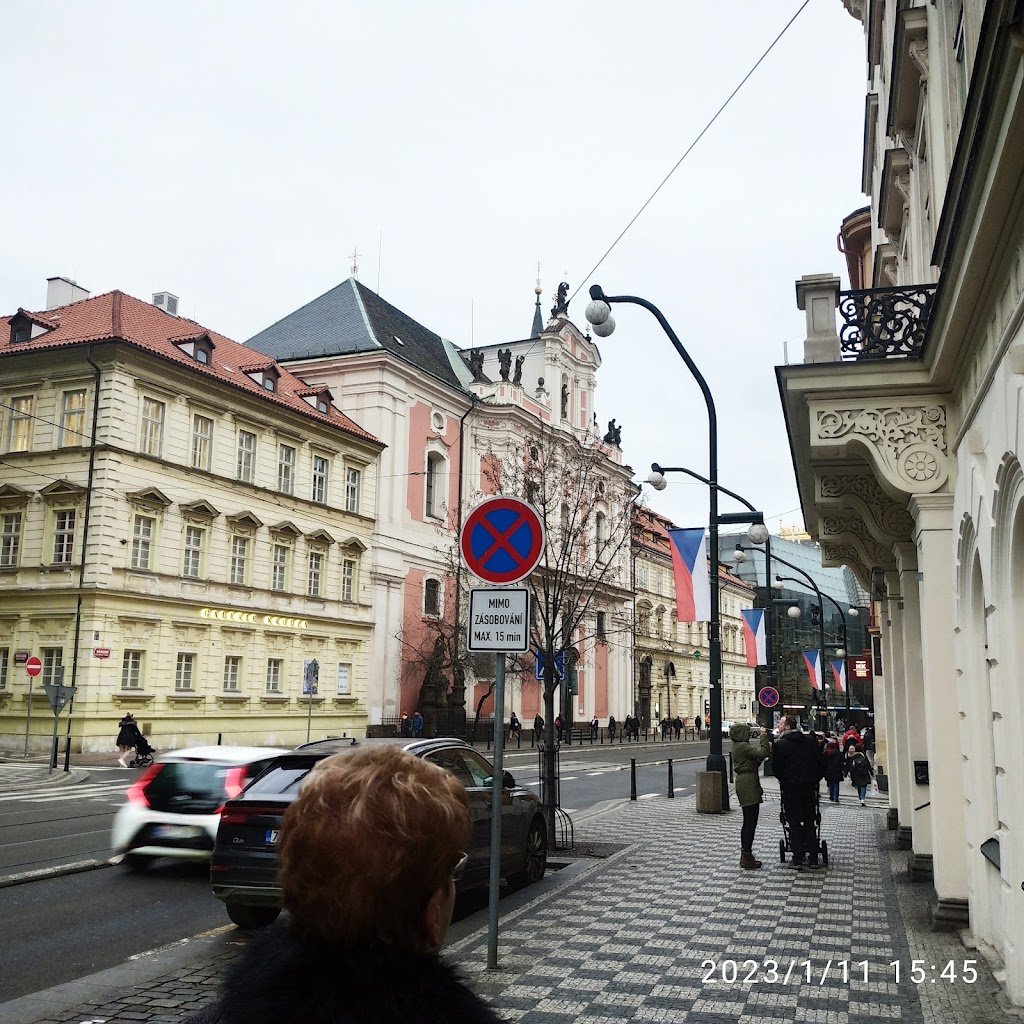Národní



What people say
Pedro Pereira
Available for hire
"Národní, or "National Street," in Prague has a rich history, shaped by urban development and significant political events. Its origins trace back to the 13th century when the Old Town was surrounded by a fortified wall with a moat. By the 1760s, the wall was demolished, and the moat was filled, creating a space that stretched from the riverside near the modern National Theatre to Jungmann Square. This part of the street has seen multiple transformations over the centuries.
Initially divided into segments with names such as "the way to Ursula" and "the New Alley," Národní's unification began in 1848 when Emperor Franz Joseph renamed it Ferdinand Street in honor of his uncle. The Chain Link Bridge, crossing the Vltava River, was also renamed after Emperor Ferdinand. In 1919, following the formation of Czechoslovakia, imperial names were discarded, and the street took on its current name, Národní. It gained further historical significance during the Velvet Revolution on November 17, 1989, when a student demonstration against the communist regime sparked widespread protests leading to the collapse of the government. Today, Národní is known for landmarks such as the National Theatre, a cultural hub for opera, ballet, and modern performances."
Read more in:
Hannah Finn
"A street worth walking down with the National Theatre & 19th-century architecture. "
Read more in:
Mentioned in these guides
About Národní
Get the inside scoop on Národní from local experts, travel creators, and tastemakers. Browse genuine trip notes, Národní reviews, photos, travel guides, and itineraries from real travelers and plan your trip with confidence.
Save this spot for later or start mapping out a new trip today
Try our AI Travel Assistant and get instant answers to any questions about your trip.
Ask ThatchGPT

